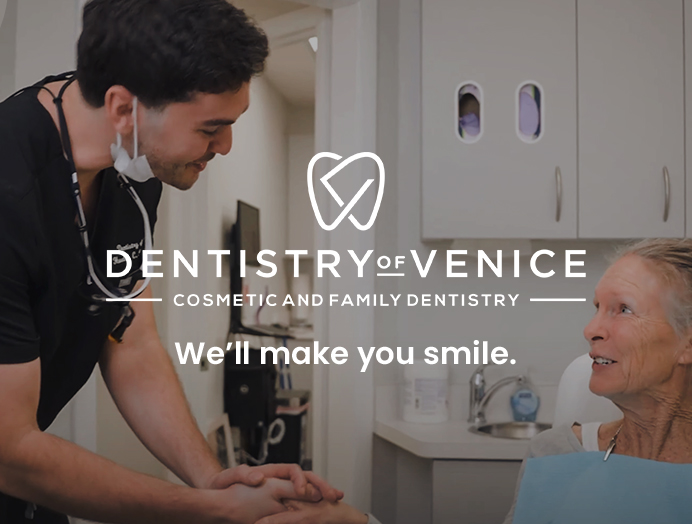Scaling and Root Planing vs. Regular Cleaning
Great dental health goes beyond just flashing a dazzling smile; it’s about nurturing a well-maintained mouth. When we talk about foundational elements in this realm, two procedures often come to the forefront – Scaling and Root Planing (SRP) and Regular Cleaning. It’s easy to lump them together, but they’re quite distinct, each playing its unique role in the grand scheme of oral health, tailored to specific needs and situations.
Regular Cleaning: The Foundation of Dental Hygiene
Regular dental cleanings, or prophylaxis, stand as the bedrock of oral hygiene. For most folks, a visit every six months is the norm. This isn’t just a routine—it’s a strategic defense, meticulously clearing away plaque and tartar from your teeth’s surfaces. Think of it as your frontline protection, designed to preempt issues like cavities and gum disease. For those enjoying a baseline of good oral health, without the complexities of bone loss or gum recession, these regular cleanings are often all it takes to keep things running smoothly in your mouth.
Scaling and Root Planing: A Deeper Clean
Scaling and Root Planing, or deep cleaning, is like the next level up in dental care. It’s what you turn to when periodontal issues start to show up, like when those little pockets between your teeth and gums get too cozy. SRP isn’t just cleaning; it’s a comprehensive strategy. It dives below the gumline to clear out the plaque and tartar and goes even further, smoothing the roots of your teeth. This isn’t just about cleaning; it’s about healing, reducing those pockets, and encouraging your gums to snug back up against your teeth. It’s a two-part harmony – scaling gets the surface gleaming, while root planing gets the roots in shape, setting the stage for healthier, happier gums.
Post-Procedure Care and Tips
After undergoing SRP, it’s crucial to follow a diligent post-procedure care routine to ensure the best results and prevent any complications. Here are some care tips to follow:
1. Pain Management
After SRP, you might experience some sensitivity and discomfort. Over-the-counter pain relievers can help manage this. If pain persists, consult your dentist.
2. Oral Hygiene
Maintain a strict oral hygiene regimen. Brush gently but thoroughly twice a day and floss daily. Your dentist might also recommend a mouthwash to help control plaque and bacteria.
3. Diet Considerations
Stick to soft, non-irritating foods for a few days post-procedure. Avoid hard, sticky, or spicy foods that might irritate your gums.
4. Avoid Smoking
Smoking can hinder the healing process. It’s advisable to avoid smoking for at least 24 hours post-SRP.
5. Follow-Up Visits
Adhere to any follow-up visits scheduled by your dentist. These are important to monitor the healing process and ensure the pockets are reducing in depth.
Conclusion
In wrapping up, it’s clear – regular cleanings are your go-to for keeping dental health on track, but when it comes to the heavy lifting, especially with periodontal challenges, SRP is your MVP. It’s all about knowing the game plan – distinguishing these procedures and nailing the aftercare to keep your dental health in winning form for the long haul.
Have questions, give us a call at 941-441-9275.




